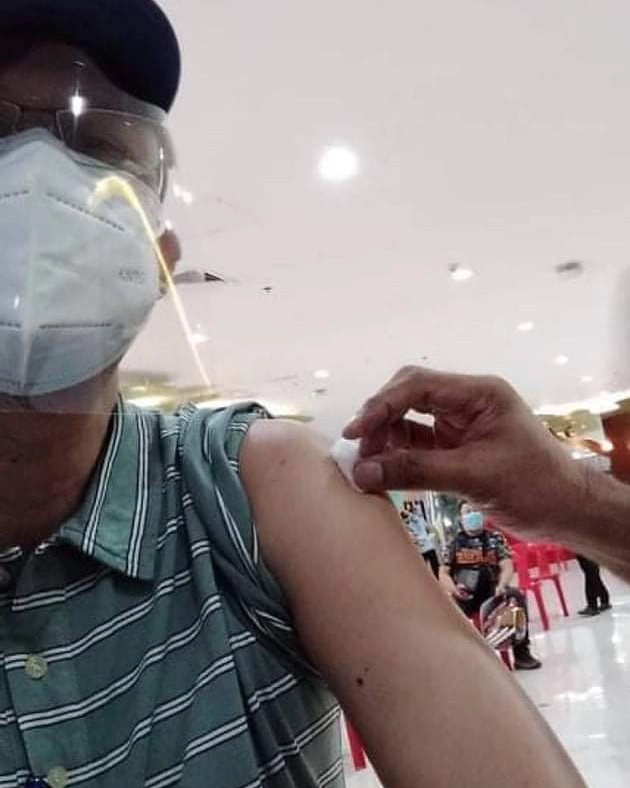Technology is moving faster than ever before. These advancements are exciting, but it’s causing a huge number of obsolete and unwanted electronics to pile up in landfills worldwide.
Electronic waste, sometimes called e scrap or e waste, is one of the fastest-growing waste streams on the planet. E waste is a broad term that includes devices such as cell phones, computers, televisions and many more tech gadgets.
1. Electronic Waste Can Cause Big Problems With Personal Data Security.
There are many obvious problems with electronic waste, and data security might be the most important overlooked concern. When you discard your old phone or computer in the regular trash, you could be subjecting your personal information to theft by criminal hackers.
Even if the device is broken, bank account numbers, social security numbers, tax documents and more may still be available. To safeguard your personal data, devices should always be recycled, which includes wiping and fully dismantling the technology prior to disposal.
2. Recycling Can Save Precious Metals.
Did you know that cell phones and laptops contain precious metals such as gold and silver? These metals are valuable and reusable if recycled properly. When you recycle your devices, the center will carefully remove these elements and repurpose them to be used in future projects.
Although the recycling process is effective, only about 15% of gold used in technology is ever recovered.
3. Recycling Can Prevent Hazardous Leaching.
Your devices contain much more than plastic and glass inside – they also contain trace elements of hazardous materials such as lead and chromium. In fact, the average color TV screen can contain up to 8 pounds of lead!
When these items are thrown in a landfill, these materials can leak out of the device over time. Eventually, the chemicals make their way into rivers and streams which can negatively impact both people and animals.
Although the situation may sound dire, there is a lot you can do to help, and it all begins with responsible recycling. Before you throw your old device in the trash, consider these facts and contact your local recycling center.










